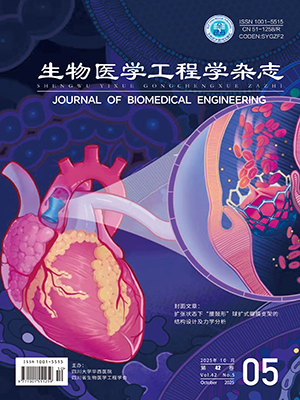The purpose of this study was to explore the feasibility of dual-source computed tomography (DSCT) high-pitch scan mode in the preoperative evaluation of severe aortic stenosis (AS) referred to transcatheter aortic valve implantation (TAVI). Thirty patients with severe AS referred for TAVI underwent cervico-femoral artery joint DSCT angiography. Measurement and calculation of contrast, contrast noise ratio (CNR) and noise of aorta and access vessels were performed. The intra-and inter-observer reproducibilities for assessing aortic root and access vessels were evaluated. Evaluation of shape and plagues of aorta and access vessels was performed. The contrast, CNR and noise of aorta and access vessels were 348.2~457.9 HU, 12.2~30.3 HU and 19.1~48.1 HU, respectively. There were good intra-and inter-observer reproducibilities in assessing aortic root and access vessels by DSCT (mean difference:-0.73~0.79 mm, r=0.90~0.98, P < 0.001; mean difference:-0.70~0.73 mm, r=0.90~0.96, P < 0.001). In the 30 patients, the diameters of external iliac artery, femeral artery or subclavian artery were less than 7 mm in 5 cases (16.7%), marked calcification in bilateral common iliac arteries in 1 case (3.3%) and marked soft plaque in left common iliac artery in 1 case (3.3%). DSCT high-pitch scan mode was feasible in the preoperative evaluation of aorta and access vessels in patients with AS referred for TAVI.
Citation: PENG Liqing, YU Jianqun, LI Zhenlin, LI Wanjiang, CHENG Wei. Feasibility Study of Dual-source Computed Tomography High-pitch Scan Mode in Preoperative Evaluation of Aortic Stenosis Referred to Transcatheter Aortic Valve Implantation. Journal of Biomedical Engineering, 2016, 33(5): 945-950. doi: 10.7507/1001-5515.20160152 Copy
Copyright © the editorial department of Journal of Biomedical Engineering of West China Medical Publisher. All rights reserved




